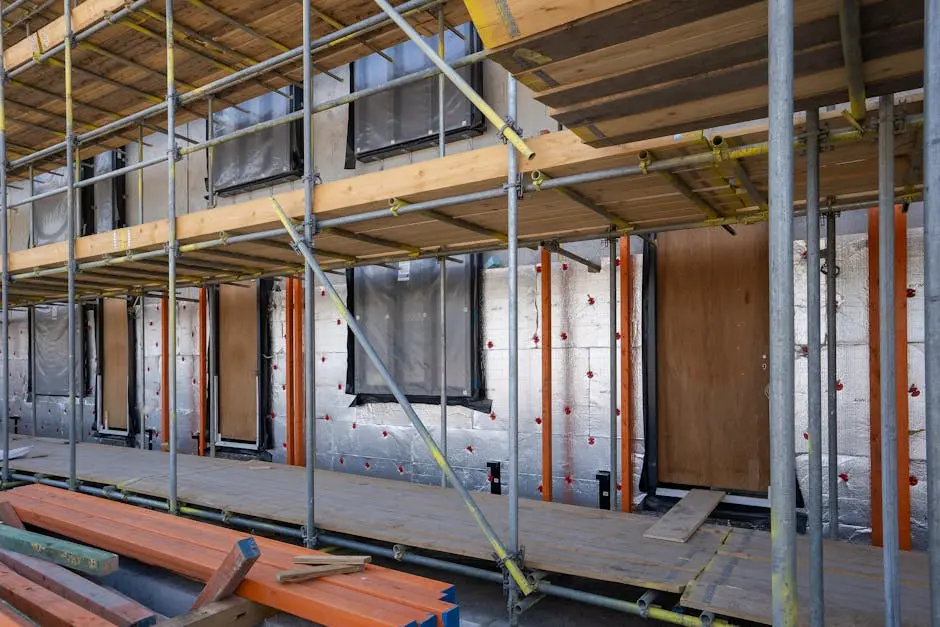How Does HPF Improve Insulation?
HPF improves insulation through its remarkable R-value, which measures thermal resistance. The higher the R-value, the better the insulation, and HPF often surpasses standard materials, significantly reducing heat flow. This translates into lower heating and cooling costs for properties. Discover more about Rocon Foam’s extensive foam product range.
Beyond heat insulation, HPF also minimises air infiltration. Gaps around windows and doors can account for a significant portion of energy loss in buildings. By effectively sealing these areas, HPF plays a critical role in maintaining a consistent indoor temperature. Interested in learning about tailored foam solutions for diverse applications?
In colder climates, HPF is especially valuable, as it blocks cold drafts from entering living spaces, making homes more comfortable in winter. This reduces heating demand, enhancing energy efficiency and delivering cost savings.
HPF also acts as a sound barrier, reducing noise pollution from outside. This benefit makes it an excellent choice for those in urban settings who seek peace and quiet without sacrificing energy efficiency.
Comparing HPF to Traditional Insulation
Comparing HPF to traditional insulation like fiberglass or cellulose reveals clear differences. Unlike fiberglass, which often requires air gaps, HPF fills every crevice, offering complete coverage without needing extra materials. Learn more about effective foam solutions for varied needs.
Fiberglass can lose effectiveness over time due to settling and moisture, leading to higher energy bills. In contrast, HPF maintains insulation properties throughout its lifespan, providing long-term savings on energy costs.
HPF installation also takes less time than traditional insulation methods, reducing labor costs and minimising disruption for homeowners. This efficiency makes it ideal for modern construction projects.
Ultimately, while traditional insulation has its place, HPF excels in long-term energy savings, ease of installation, and overall effectiveness. Choosing HPF is more than a smart choice—it’s an investment in energy-efficient living.
Applications and Energy Efficiency
HPF offers vast applications across various environments. In residential buildings, it can be used in attics, walls, and crawl spaces, significantly reducing energy consumption and boosting indoor comfort.
Commercial buildings also benefit from HPF, particularly in new builds or renovations, where it allows large areas to be covered efficiently, without compromising insulation quality.
HPF is also well-suited for specialised applications, like refrigerated facilities or areas needing strict temperature control. Its durability ensures that these environments stay stable, improving energy efficiency.
Additionally, high performance foam has gained popularity in HVAC systems. By insulating ducts and minimising thermal losses, it contributes to substantial energy savings, especially in commercial settings with high energy consumption. Explore Rocon Foam’s advanced insulation solutions for these applications.
In summary, whether for home renovation, new construction, or boosting the energy efficiency of an existing space, HPF proves itself as a versatile and effective insulation solution. Its innovative properties make it invaluable in the pursuit of a sustainable, energy-efficient future.


